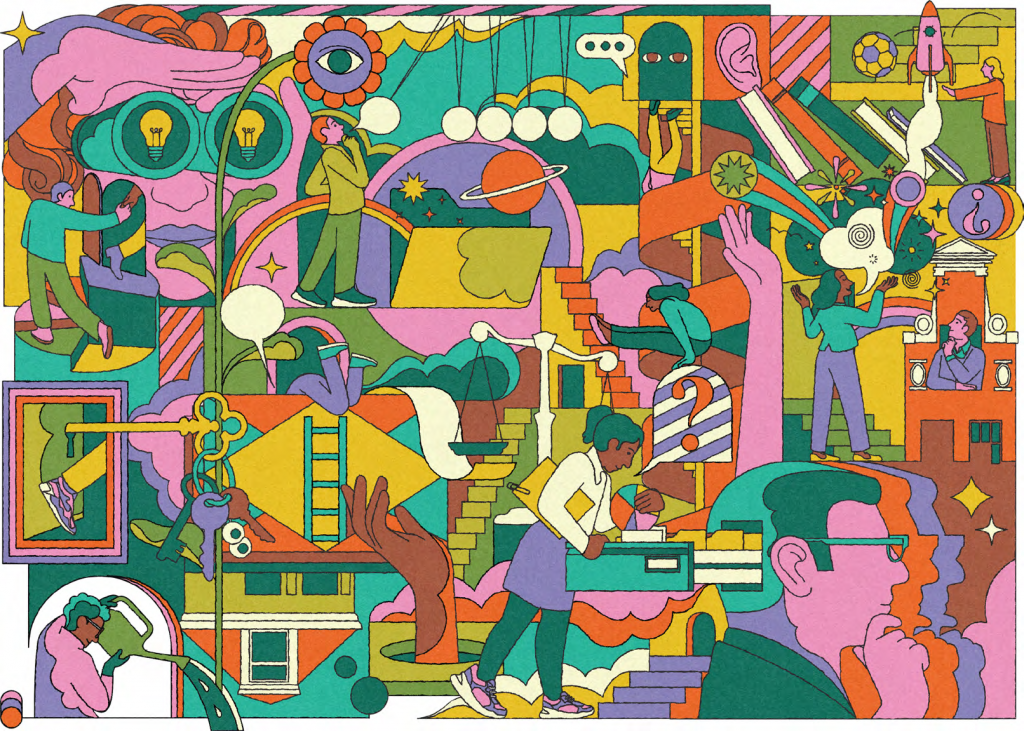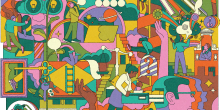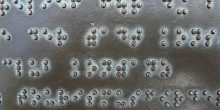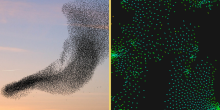Almost one and a half years ago the Minister of Education, Culture, and Science Robbert Dijkgraaf announced that a national Center for Science Communication (NEWS) would be founded. This was amazing news!
Last April Ionica Smeets (who recently also won the Irispenning prize for excellent science communication) and Alex Verkade presented their report (the English version, and the Dutch version can be found here). Such a national center for science communication will stimulate collaborations and will help new initiatives learn from previous endeavors. I urge you to have a look at the report, it is very inspiring.

Front page of the report of Ionica Smeets and Alex Verkade on NEWS
But what is good science communication?
Suppose you are starting with a new science communication project, you immediately think of some ideas like a website, a magazine, a series of articles, and so on. But you also realize immediately that you are competing with so many other science communication initiatives. You want to add something to what is already being done, not invent the wheel from the beginning. Amazingly enough, there are ways to decide how to structure your science communication project.
For example, we started using recently the instrument for assessing the quality of science communication projects that Alex Verkade created for Rathenau Instituut in 2017! In the document you read
"A table of fifteen quality indicators is given. Included are questions that can help understand the quality of a project. By reading the table, the reader can get an idea of aspects that should have been considered in a good science communication project. Those who read the table can recognize or avoid the biggest pitfalls."
And more specifically
"The first ten indicators, under categories 1 and 2, are "technical": with these, we look at consistency, feasibility, how well thought out and how effective is the project. Those familiar with recognizing quality in other types of projects will recognize many of these indicators. Still, they are not trivial: it is precisely in these areas that science communication projects have much to gain. A project that does not score well on these indicators will, for example, not be very consistent or effective, and thereby fail to reach target audiences or risk reinventing the wheel.
The third category contains five normative criteria, focused on societal goals, themselves based on values. In other words, a project that does not does not score well in these areas may well be effective, but may not contribute to desirable goals."
We urge you to have a look at this document, it can help a lot with structuring your science communication project!
Mathematics Communication
What is our role as a mathematics community in such an initiative? Public engagement and communication of mathematics is growing, there are so many nice initiatives which are out there. See Quanta Magazine, IMAGINARY, Youtube channels like 3blue1brown and Numberphile, and in my opinion, also the Network Pages and the Dutch magazine Nieuw Archief voor Wiskunde, to honor our work and efforts. I also mention Nieuw Archief voor Wiskunde because I personally love it and am part of it.
In the report, you can read the following
"Science communication is a two-way interaction between researchers and society about processes, results, and consequences of scientific research. Science communication is important in a society in which science plays a major role."
And a little further
"At present, the majority of science communication activities are still one-way traffic. If we want to work on mutual trust, more interaction is needed and we have to enter into dialogue more often as equals. Scientists not only share their scientific knowledge but also listen to other forms of knowledge, such as that from professional practice and lived experiences."
When I read this I immediately thought of the Network Pages and Nieuw Archief voor Wiskunde, where communication is mostly one-way. Of course, we receive a lot of input from readers and contributors but we don't engage in a direct dialogue. In this sense, we are sending information, ideas, and experiences to our readers. But I want to think about both initiatives from a different perspective, we try to create and maintain a sense of a local community experimenting with writing and communicating our research.
We, as a small mathematics community doing research on networks and algorithms, try to create writing styles and methods, and think of animations or videos, to communicate mathematical results. We want to show the beauty of doing mathematics and of being a researcher. In many news websites mathematics is presented only when some application is concerned, but there is more to it. Mathematics is a beautiful discipline, and we as mathematicians should experiment and develop new communication techniques to show society how amazing it is to do mathematics.






